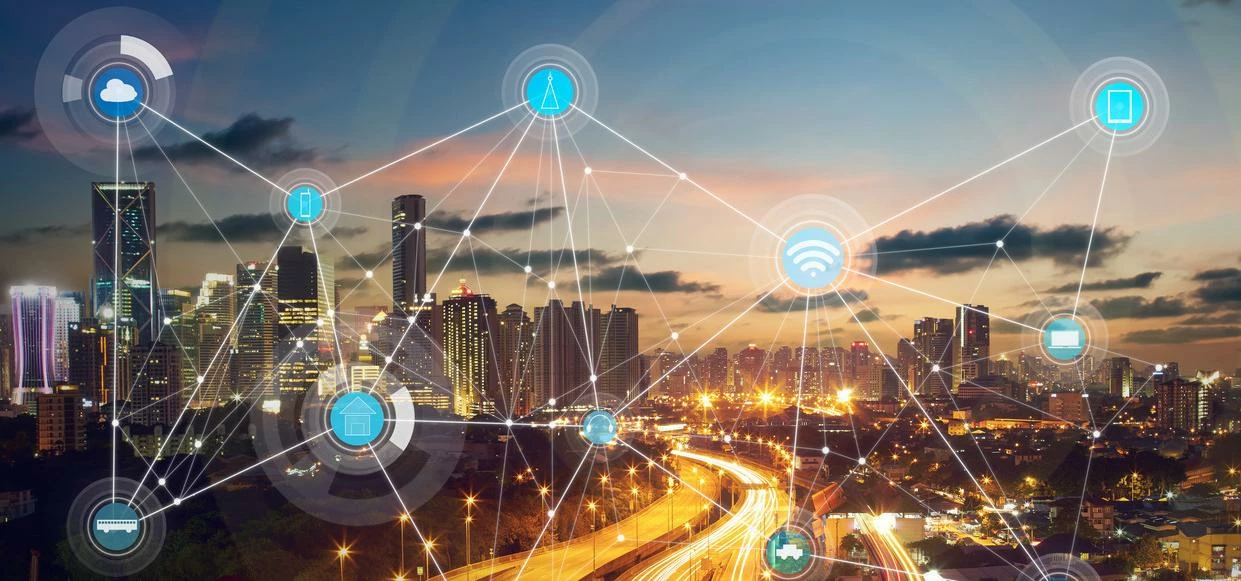
Partner Article
Beyond the IoT Hype
There will be 8.4 billion connected ‘things’ in use in 2017. This number is up 31% from 2016, with Gartner further estimating that by 2020, there will be more 20 billion devices connected through the Internet of Things (IoT). But is it all just hype? Will connected ‘things’ really change the world?
In fact, they already are. Whilst consumer uptake of connected ‘things’ is steadily progressing, it is in the enterprise where we are seeing widespread deployment. Organisations in both the public and private sector are already using IoT for mission critical infrastructure, to offer people access to the best services.
Healthcare, emergency services and retail are leading the charge. These industries are demonstrating that with secure and reliable connectivity, connected devices can make a significant impact.
Healthcare
Healthcare organisations are adjusting their operating models to use IoT for better patient care, to improve healthcare professional service levels and to streamline patient contact efficiencies.
It does not necessarily make financial sense to expect all patients to come to a physical location. Instead, healthcare providers are bringing their services directly to customers. For example, a company that offers mobile dialysis can send its machines out to patients at their homes, or communal locations such as elderly care facilities. This minimises long trips to the hospital for people who live in rural areas. IoT dialysis machines are all connecting to software-as-a-Service (SaaS) applications via the cloud, where electronic healthcare records are securely held and updated.
Emergency Services
Emergency services are perhaps one of the most advanced IoT development areas. Wi-Fi connected laptops and tablets have enabled police officers to do more of their work out in the field for some time. This reduces ‘on-site’ admin time and gives officers more time to focus on maintaining community safety.
First responders use 4G LTE for mission-critical communications and to connect dashboard and body cameras to monitor and record encounters between responders and the public. These cameras also enable dispatchers to remotely examine incident scenes in real time to accurately determine optimum responder numbers and the need for specialist deployments. Police services are also using cameras to remotely spot stolen vehicles, theft, illegal dumping, and suspicious activities.
Retail
In the private sector, IoT is shaping the way retailers serve customers and improve business operations.
One example is indoor-positioning technology, which enables stores to pinpoint a shopper’s location to less than three feet. Retailers are using this information to send tailored messages to shoppers as they pass through different departments. Data-driven insight into each consumer’s buying habits means advertisements can be tailored to each individual to provide a more personal shopping experience.
Education
In education, connected school buses are enhancing the learning experience for students and providing additional tools for teachers. Students spend considerable time on school buses for a wide range of school-related activities, including athletic events, field trips and academic competitions — in addition to the traditional experience of taking the bus to and from school every day. Having Wi-Fi available on the bus complements students’ experiences during these excursions. Students are able to watch educational videos about a field trip location as they are en route, or they can do research for homework assignments while traveling to a sports match.
Smarter cities
IoT is allowing public authorities and urban managers to gather data more effectively and leverage real-time insight to provide better public services. Although not yet mainstream, one idea being trialled in the U.S is connected refuge services. Real time data from sensors in rubbish bins is being combined with temperature measurements to help cities determine which bins to empty each day. This helps managers streamline collection services and reduce cost by minimising fuel expenditure and personnel hours.
Smart parking is another application with a promising future. Cities seeking to minimise the impact of traffic and pollution are using Internet-connected sensors and meters to update parking maps in real time. Drivers access data through a cloud application that allows them to quickly locate open parking spaces.
There may be some hype around IoT, but evolving usage is already hinting at its transformative potential for the future.
This was posted in Bdaily's Members' News section by Hubert Da Costa, VP of EMEA, Cradlepoint .








 A new year and a new outlook for property scene
A new year and a new outlook for property scene
 Zero per cent - but maximum brand exposure
Zero per cent - but maximum brand exposure
 We don’t talk about money stress enough
We don’t talk about money stress enough
 A year of resilience, growth and collaboration
A year of resilience, growth and collaboration
 Apprenticeships: Lower standards risk safety
Apprenticeships: Lower standards risk safety
 Keeping it reel: Creating video in an authenticity era
Keeping it reel: Creating video in an authenticity era
 Budget: Creating a more vibrant market economy
Budget: Creating a more vibrant market economy
 Celebrating excellence and community support
Celebrating excellence and community support
 The value of nurturing homegrown innovation
The value of nurturing homegrown innovation
 A dynamic, fair and innovative economy
A dynamic, fair and innovative economy
 Navigating the property investment market
Navigating the property investment market
 Have stock markets peaked? Tune out the noise
Have stock markets peaked? Tune out the noise